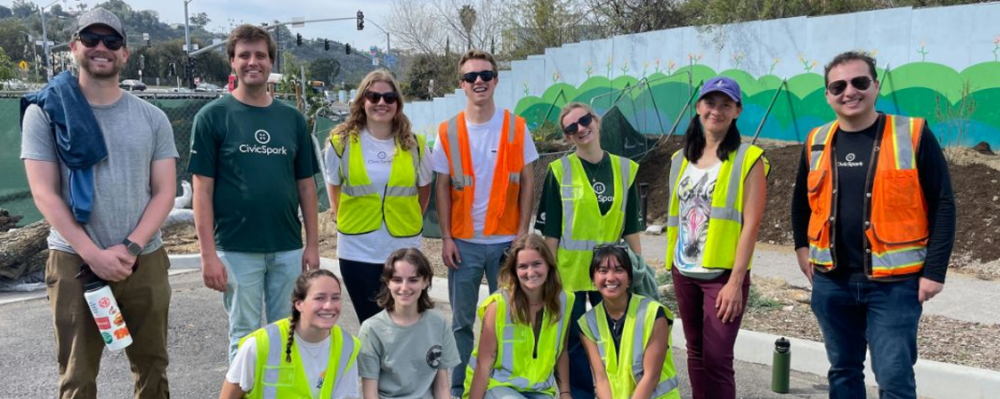
Press Release
New Study Shows Emergency Physician Prescribed Buprenorphine Effectively Helps Patients Struggling with Opioid Addiction get Started on Path to Long-Term Recovery
-
Focus Areas
Health Care & Population Health -
Expertise
Health Education & Promotion, Quality Improvement -
Programs
Bridge, CA Bridge -
Strategic Initiatives
Opioids
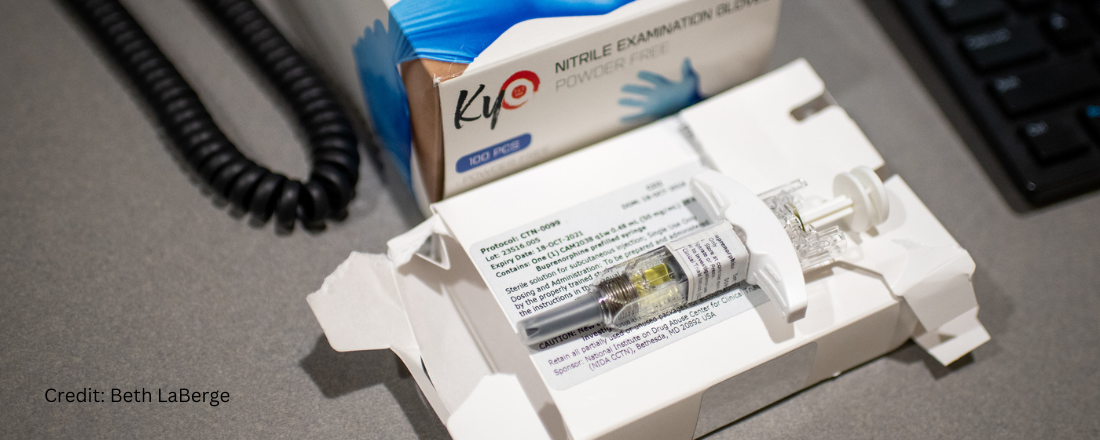
OAKLAND, CA – In 2022 alone, nearly 108,000 drug-related overdose deaths occurred, with 76% of those deaths related to opioids. Hospital emergency departments (EDs) are uniquely positioned to provide 24/7 treatment to people struggling with opioid addiction.
A new study published in the Journal of American Medical Association (JAMA) followed patients starting buprenorphine treatment for opioid use disorder in California emergency departments and found that emergency department-initiated treatment was highly effective in supporting long-term engagement in treatment—the cornerstone of recovery from opioid addiction.
In addition to positive patient outcomes, the study observed a dramatic and sustained increase in hospital emergency department clinicians prescribing buprenorphine, suggesting this is a feasible practice that can be adopted in all emergency departments. The study, Emergency Clinician Buprenorphine Initiation, Subsequent Prescriptions, and Continuous Prescriptions, was co-authored by Dr. Herring and colleagues Annette M. Dekker, MD, MS; David L. Schriger, MD, MPH; and Elizabeth A. Samuels, MD, MPH, MHS from UCLA’s Department of Emergency Medicine, David Geffen School of Medicine.
Key Findings
- 3.8 million buprenorphine prescriptions were filled by 345,024 patients in California from 2017-2022.
- The percentage of emergency clinicians who prescribed buprenorphine to patients increased from 2% to 16% during this timeframe.
- 1 in 3 patients went on to receive a second prescription.
- 1 in 9 patients went on to engage in 6 months of continuous buprenorphine treatment within 1 year.
- Emergency clinicians who prescribed buprenorphine for the first time increased from 70 in 2017 (3%) to 941 in 2022 (25%).
- The number of patients receiving their first buprenorphine prescription from an emergency clinician increased from 46 in 2017 to 3,289 in 2022.
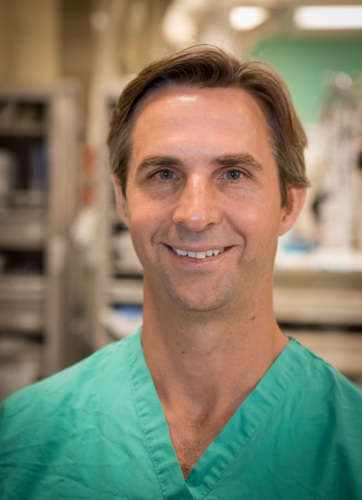
These data strongly suggest a long-term beneficial impact from emergency department-prescribed buprenorphine for opioid use disorder. To observe that for every nine patients who start buprenorphine treatment in an emergency department, one achieves six months of continuous treatment within the next year is simply remarkable. It is a call to action that buprenorphine should be an expected standard of care in all emergency departments in every state.Andrew Herring, MD
Program Director, Bridge Center, Public Health Institute
The study reviewed buprenorphine prescriptions initiated by California hospital emergency department clinicians during 2017-2022 for the treatment of opioid use disorder and subsequent buprenorphine prescriptions to patients within 40 days, 180 days and a year.
There has been a misguided reluctance to embrace the emergency department as a hub for public health interventions. We need to move beyond that and accept that an emergency department is an incredibly successful strategy to reach very high-risk people struggling with substance use disorders. The sheer scale of the current opioid epidemic demands that we expand the capacity of frontline medical settings to immediately start buprenorphine or methadone for people with opioid use disorders. Delays, complex referrals, administrative barriers and other red tape literally cost lives.Andrew Herring, MD
Program Director, Bridge Center, Public Health Institute
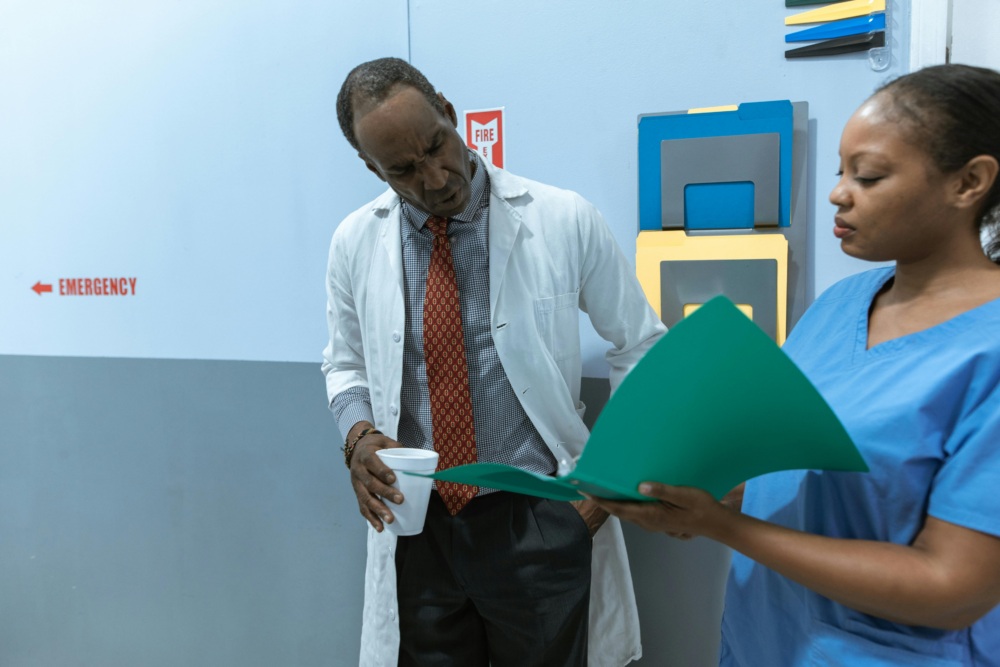
JAMA Editorial: The Benefits of Investing in Emergency Department Buprenorphine
In February 2025, the Journal of American Medical Association (JAMA) published an editorial which explores the benefits of statewide investments to support adoption of buprenorphine in hospital emergency departments by providing training, technical assistance, and funding for the development of programs with patient navigators and harm reduction strategies, similar to PHI's CA Bridge program. The editorial highlights Bridge's new study on Emergency Clinician Buprenorphine Initiation, Subsequent Prescriptions, and Continuous Prescriptions.
To arrange an interview with Dr. Herring, please contact Amanda Jones (ajones@bridgetotreatment.org), Communications Director at the Bridge Center.
About Us
The Public Health Institute’s Bridge Center seeks to improve health and equity by bridging emergency care and community health to create an integrated system of care. Bridge works to transform addiction treatment by ensuring that every hospital provides 24/7 access to evidence-based medication for addiction treatment, substance use navigators, and connections to ongoing care in the community. Since 2018, Bridge has partnered with and led implementation efforts in over 300 hospital emergency departments in 15 states. For more information, visit our website.
###
More Updates

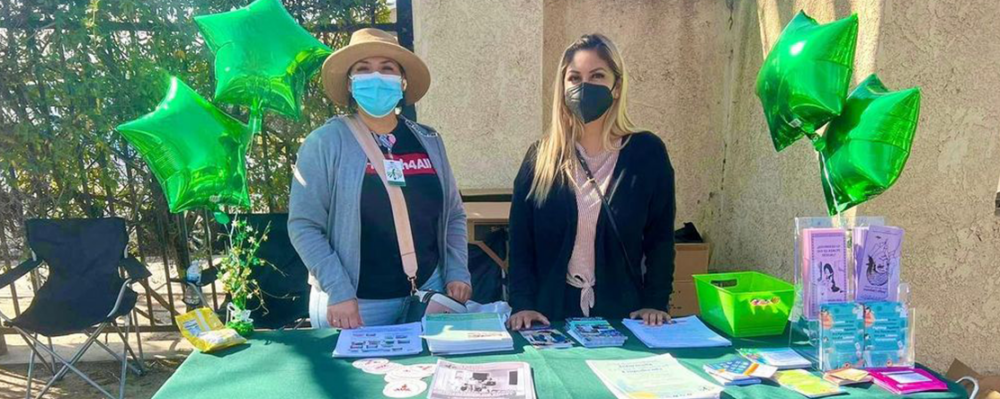
Safeguarding the Health and Wellbeing of Agricultural Workers in Monterey County: A 5-Year Glance at the COVID Pandemic & Lessons Learned

New Study Reveals Why Alcohol Use Increased During the Pandemic

PHIL Collective: Tools, Training and Resources for Collaborative, Cross-Sector Efforts to Improve Health and Equity
Work With Us
You change the world. We do the rest. Explore fiscal sponsorship at PHI.
Support Us
Together, we can accelerate our response to public health’s most critical issues.
Find Employment
Begin your career at the Public Health Institute.
